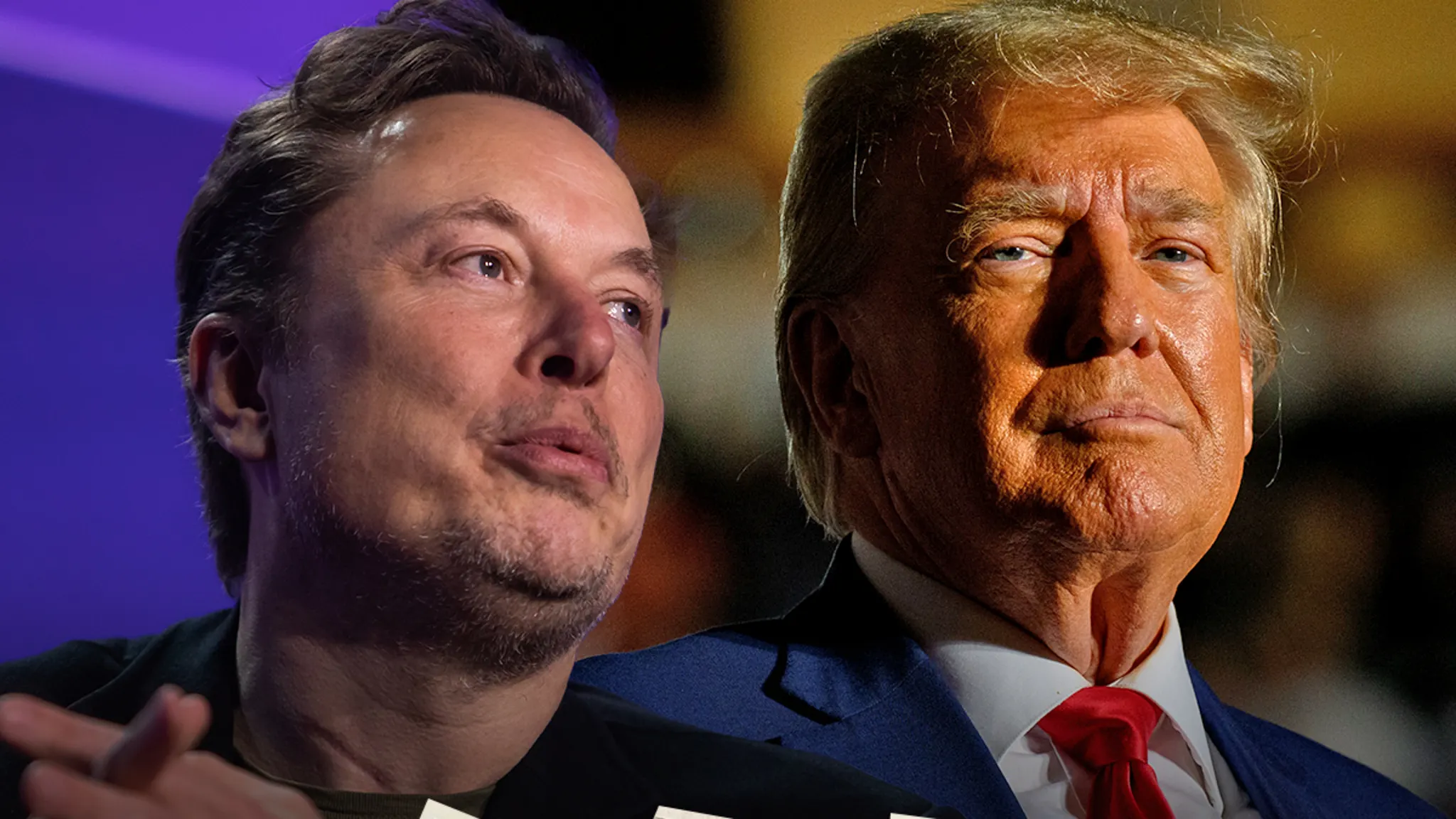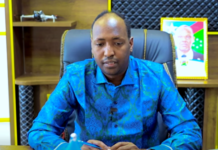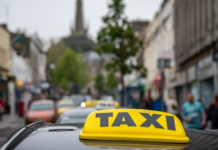
American president Donald Trump has issued an executive order to withdraw aid from South Africa. He was reacting to what he has called the South African government’s plan to “seize ethnic minority Afrikaners’ agricultural property without compensation”.
Afrikaners are an ethnic and linguistic community of white South Africans whose home language is Afrikaans.
Trump’s outrage is based on a misinterpretation of a new law – the Expropriation Act which came into effect in January 2025.
Trump’s action, amplified by provocative comments from billionaire Elon Musk, has reignited debate about the concept of “white victimhood”. We asked Nicky Falkof, who has researched the idea of white victimhood, for her insights.
What does ‘white victimhood’ mean?
White victimhood refers to a powerful set of beliefs that treats white people as special and different, but also as uniquely at risk.
Within this narrative white people see themselves, and are sometimes seen by others, as extraordinary victims, whose exposure to violence or vulnerability is more concerning and important than anyone else’s.
White victimhood is usually speculative. It relates not to actual events that have happened, but to white people’s feelings of being threatened or unsafe. Entire political agendas develop around the idea that white people must be protected because they face exceptional threats, which are not being taken seriously by a contemporary world order that fails to value whiteness.
This is by no means particular to South Africa; we see it wherever whiteness is predominant. Indeed, ideas about white victimhood play a significant role in the popularity of Trump, whose call to “make America great again” harks back to an idealised past where white people (particularly men) could easily dominate the nation, the workplace and the home.
The South African case is important because it plays a central role in global white supremacist claims. These mythologies claim that white South Africans, specifically Afrikaners, are the canary in the coalmine: that the alleged oppression they are facing is a blueprint for what will happen to all white people if they don’t “fight back”.
What is its history?
We can trace this idea back to the start of the colonial project. In 1660 Dutch East India Company administrator Jan van Riebeeck planted a hedge of bitter almond shrubs to separate his trading station from the rest of South Africa’s Cape. This hedge was part of a defensive barrier intended to keep indigenous people out of the Dutch trading post, which had been built on top of ancient Khoikhoi grazing routes.
On a practical level, van Riebeeck’s hedge was meant to shield Dutch settlers and livestock from Khoikhoi raiders. On a philosophical level, the hedge situated the invaders as the “real” victims, who desperately needed protection from the violence and wildness of Africa. The bitter almond hedge is still seen as an enduring symbol of white supremacy in the country.





















